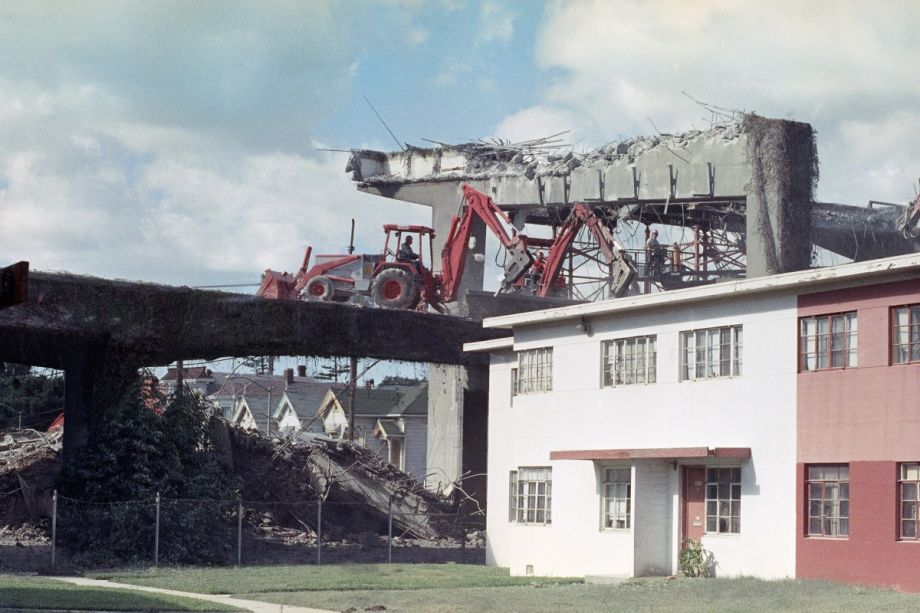With cities exploring new tactics to increase resilience — from building infrastructure, to financing climate-adaptable projects — who takes ownership of making sure the water board, transit agency and public works department are all connecting on these vital issues? Enter the chief resilience officer.
Many cities have noted the need for this leadership role, including New York, Norfolk, San Francisco, Christchurch, Medellin and more. I reached out to five recently appointed CROs (the first CRO, San Francisco’s Patrick Otellini, came into his post only six months ago) to find out more about the parameters of their positions and the challenges they’re encountering so far.
Honing In on Specific Objectives
“Resiliency is such a buzzword. You can say anything is resiliency. If I could talk creatively enough about a pothole replacement program, I could say that’s an effort in resiliency,” says Otellini, who is working double duty as San Francisco’s earthquake czar and CRO. “I think the challenge that all of [us] face is if you don’t develop a narrow focus and try to whittle down the giant scope that is the big picture of resiliency into some real action items, a lot of CROs are going to be paralyzed for two years.” (Otellini and everyone I spoke with for this article are funded through the Rockefeller Foundation’s 100 Resilient Cities initiative, which aims to see 100 CRO positions filled in cities around the world.)
Combining Datasets
“It’s easier to have a map of every parcel and what buildings are there. It’s much harder to then get to the stage of knowing precisely what risks the buildings are exposed to, how they’re going to be affected and then of course the people in them,” says Oakland CRO Victoria Salinas. It’s not that Oakland is lacking in data, explains Salinas, who is particularly taken with a Open Oakland-developed site that allows users to see if they live in a weaker wood-frame building, but that plenty of city records should be matched up for a more incisive look.
Christine Morris, the CRO of Norfolk, is also excited to see what insights will come from “cross-sectionalizing.” She explains, “Maybe we haven’t used [real estate records] as effectively as we might in the future — combining it with economic development data and understanding where opportunities lie at the neighborhood level to help those collaborations we need to have happen across business, university, city and other stakeholders … .”
Engaging the Public
All five CROs interviewed spoke to the importance of getting the community on board. Porto Alegre, Brazil will be utilizing its famed participatory budgeting process to allocate money for resilience. Cezar Busatto, though serving as CRO, is currently on leave from his position as municipal secretary of local governance (a lead administrator of the city’s PB), but plans to fill both posts. He says the resilience office will host its first grand forum at the end of the month.
Medellín, Colombia CRO Santiago Uribe Rocha explains that social programming is a key component to their resilience strategy, tapping into the city’s social urbanism ethic. Uribe Rocha writes in an email, “We were having a very active workshop with young boys and girls, and a 16-year-old boy stood up and said: ‘You (referring to adults) normally think that the youth is the future of our city.’ He took a long breath to speak louder and he said, ‘I give you all of that future for just one opportunity today.’” The Medellín CRO lists improving education, creating more opportunities for young people and social inclusion as three of their major goals.
Being the “Conduit”
Streamlining efforts around the city is one of the biggest aspects to the job, CROs say. “Today, city agencies take important steps, but they’re isolated,” Busatto says. “We’re undergoing an effort with all the agencies, so that they can have an integrated vision.”
All report speaking with business leaders as well. “It’s not my job as a CRO to be a subject matter expert on everything that resiliency touches, but it is my job to be a conduit to make sure we’re connecting the experts from both public and private sector to get them talking, and also within our city family to break down these silos,” says Otellini.
The interdisciplinary nature of their work precludes them from having a typical workday. CROs bounce between meetings with different departments, keeping tabs on developing initiatives and relaying data along the way. “We’re developing resilient strategies while we’re already implementing some,” says Otellini. “I keep saying we’re building the plane as we’re flying it a little bit.”

Cassie Owens is a regular contributor to Next City. Her writing has also appeared at CNN.com, Philadelphia City Paper and other publications.
Follow Cassie .(JavaScript must be enabled to view this email address)


















